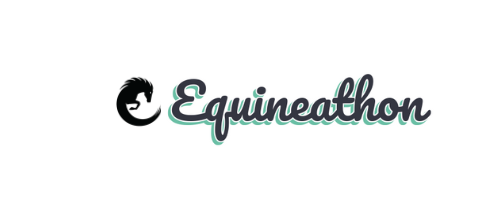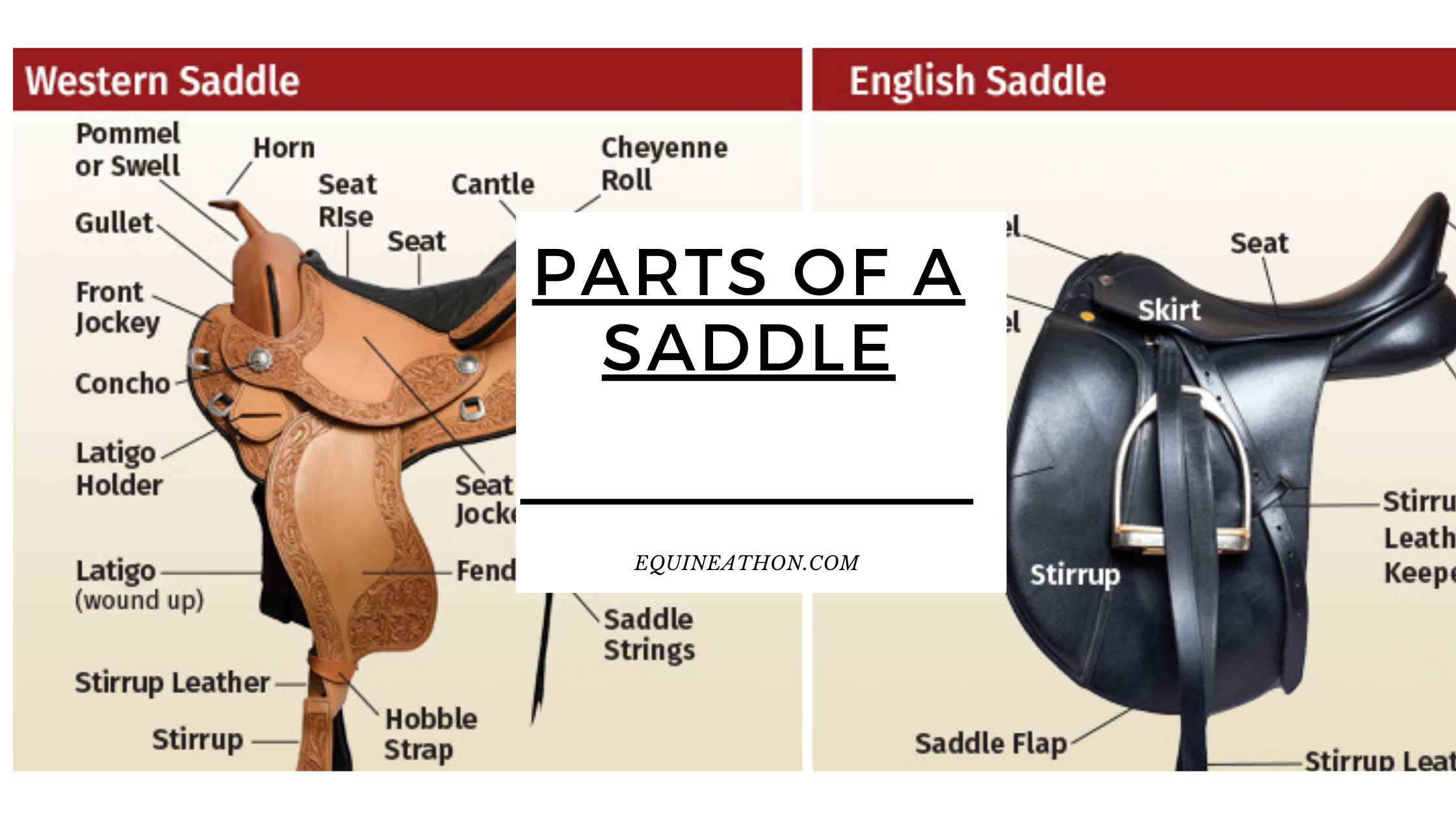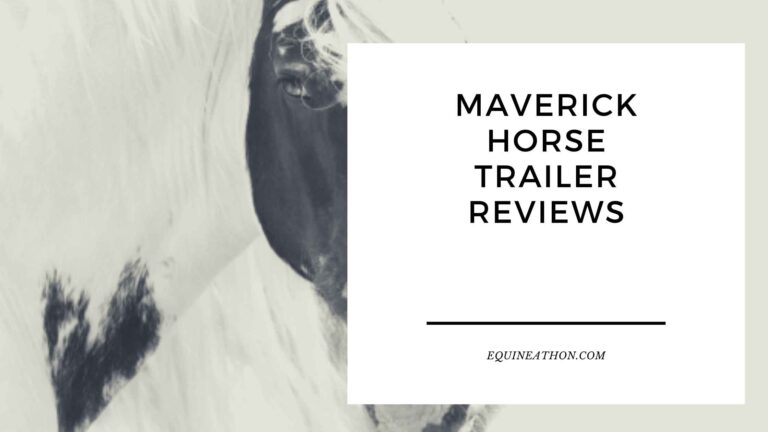Parts of a Saddle [with Images]
Having spent a significant portion of my life around horses, I often found myself mesmerized not just by the majestic creatures but by the equipment that goes with them. Among these, the saddle stands out – a critical link between the rider and the horse. But what really comprises a saddle?
A saddle is an intricate piece of equipment designed to provide a secure seat for the rider on the horse’s back. It consists of various parts, each with its unique function, such as the pommel, cantle, seat, skirt, fenders, stirrups, gullet, and more.
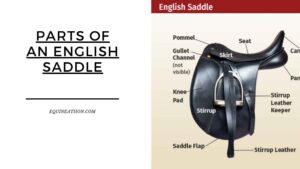

Allow me to take you through the details:
- Pommel: This is the raised front part of the saddle. It offers security to the rider and prevents them from sliding forward.
- Cantle: Opposite the pommel, the cantle is the raised back portion of the saddle, providing support and ensuring the rider doesn’t slide off the rear.
- Seat: Nestled between the pommel and the cantle, the seat is where the rider, well, sits! It’s contoured for rider comfort.
- Skirt: The skirt is a large piece of material (often leather) that lies beneath the main body of the saddle. It’s designed to protect the horse from the pressure points of the saddle’s framework and provide additional comfort.
- Fenders: Attached to the tree of the saddle, these protect the rider’s legs from chafing against the horse’s body.
- Stirrups: These are foot supports hanging on either side of the saddle. They aid in mounting the horse and provide foot support during the ride.
- Gullet: This is the channel underneath the saddle, running between the panels. It ensures there’s no pressure directly on the horse’s spine, which can be painful and harmful.
- Billets/ Latigo: These are straps used to secure the saddle onto the horse, typically attached to the girth or cinch.
- D-Rings: These are small rings often found on the sides of saddles, primarily used to attach various equipment or saddlebags.
- Flap/Panels: Located beneath the seat, flaps provide a cushion between the saddle’s tree and the horse, distributing the rider’s weight evenly across the horse’s back.
- Horn: Predominantly found on western saddles, the horn is a protrusion at the front that’s often used for roping or to hold onto for added stability.
- Tree: Often made from wood or synthetic materials, the tree is the foundation of the saddle. It helps distribute the rider’s weight over the horse’s back.
While these are some of the primary components, saddles can come with additional features depending on their specific design and purpose. For instance, dressage saddles, western saddles, and jumping saddles will have variations tailored to their unique requirements.
In my equestrian journey, understanding these parts deepened my appreciation for the saddle’s design. It’s not just a seat; it’s an engineering marvel ensuring safety, comfort, and function for both the horse and rider.
ALSO SEE: Shire Horse Breed Profile
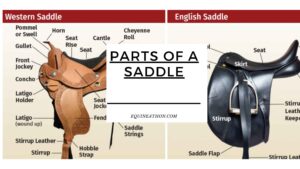
FAQs on Parts of a Saddle
- What is the main purpose of a saddle?
- A saddle provides a secure seat for the rider on the horse’s back, ensuring safety, comfort, and function for both the horse and rider.
- What is the raised front part of the saddle called?
- It’s called the pommel.
- What does the cantle do?
- The cantle is the raised back portion of the saddle, providing support and ensuring the rider doesn’t slide off the rear.
- Where does a rider sit on a saddle?
- The rider sits on the seat, which is nestled between the pommel and the cantle.
- What is the purpose of the skirt on a saddle?
- The skirt lies beneath the main body of the saddle and protects the horse from the pressure points of the saddle’s framework.
- How do fenders benefit the rider?
- Fenders protect the rider’s legs from chafing against the horse’s body.
- What is the role of stirrups in a saddle?
- Stirrups are foot supports that aid in mounting the horse and provide foot support during the ride.
- Why is the gullet important?
- The gullet ensures there’s no pressure directly on the horse’s spine, which can be painful and harmful.
- What are billets or latigo used for?
- They are straps used to secure the saddle onto the horse.
- What are D-Rings on a saddle?
- D-Rings are small rings used to attach various equipment or saddlebags.
- Where can you find a cushion between the saddle’s tree and the horse?
- The cushion is provided by the flaps or panels located beneath the seat.
- Is the horn a common feature on all saddles?
- No, the horn is predominantly found on western saddles and is often used for roping or to hold onto for added stability.
- What material is the tree of the saddle often made of?
- It’s often made from wood or synthetic materials.
- How does a saddle distribute the rider’s weight?
- The saddle’s tree and panels/flaps help distribute the rider’s weight evenly over the horse’s back.
- Are there different types of saddles for different equestrian activities?
- Yes, for instance, dressage saddles, western saddles, and jumping saddles have variations tailored to their unique requirements.
- Does the saddle directly touch the horse’s spine?
- No, the gullet ensures there’s a channel that prevents direct pressure on the horse’s spine.
- Can you attach saddlebags to a saddle?
- Yes, saddlebags can often be attached using the D-Rings on the sides of saddles.
- Why is understanding the parts of a saddle important?
- Understanding these parts deepens the appreciation for the saddle’s design and ensures proper use for the safety and comfort of both the horse and rider.
- What protects the rider’s legs from the horse’s body?
- The fenders attached to the saddle serve this purpose.
- Is the seat of the saddle flat or contoured?
- The seat is contoured for the rider’s comfort.
- Which part of the saddle is often used for roping?
- The horn, found on western saddles, is often used for roping.
- What function does the skirt serve besides protecting the horse?
- The skirt provides additional comfort to the horse by preventing the pressure points of the saddle’s framework from affecting the horse directly.
- Do all saddles come with stirrups?
- Most saddles do come with stirrups, but the design might vary depending on the type of saddle.
- How do you secure a saddle onto a horse?
- Using billets or latigo, which are attached to the girth or cinch of the horse.
- Is the pommel present at the rear of the saddle?
- No, the pommel is at the front. The cantle is the raised portion at the rear.
- What provides the foundation of the saddle?
- The tree provides the foundation and structure of the saddle.
- Can you attach equipment to a saddle?
- Yes, using the D-Rings, various equipment pieces can be attached.
- What is the main body of the saddle?
- The main body consists of the pommel, seat, cantle, and often the horn in the case of western saddles.
- Why is the tree of the saddle critical?
- The tree helps distribute the rider’s weight over the horse’s back, ensuring comfort for the horse.
- Are there specific saddles for jumping?
- Yes, there are jumping saddles tailored to the unique requirements of equestrian jumping activities.
- What part of the saddle aids in mounting the horse?
- The stirrups aid in mounting the horse.
- Where are the fenders attached?
- They are attached to the tree of the saddle.
- How does the saddle ensure the rider doesn’t slide off the rear?
- The cantle, the raised back portion of the saddle, ensures this.
- Can a saddle affect the horse’s health?
- Yes, an improperly fitted saddle or one with direct pressure on the horse’s spine can be harmful.
- Are all saddles made of leather?
- No, while many saddles are made of leather, there are also synthetic versions available.
- What’s the difference between the gullet and the tree?
- The gullet is the channel underneath the saddle ensuring no direct pressure on the horse’s spine, while the tree is the foundational structure of the saddle.
- Is the horn used for stability?
- Yes, riders often hold onto the horn for added stability, especially in certain riding situations.
- How do flaps benefit the horse?
- Flaps provide a cushion between the saddle’s tree and the horse, distributing the rider’s weight evenly and ensuring comfort for the horse.
- Can you modify parts of the saddle?
- While some parts can be adjusted or replaced, it’s essential to consult with professionals to ensure safety and proper fit.
- Why are there different types of saddles?
- Different equestrian activities have unique requirements, so saddles are tailored accordingly to provide optimum performance and comfort.
